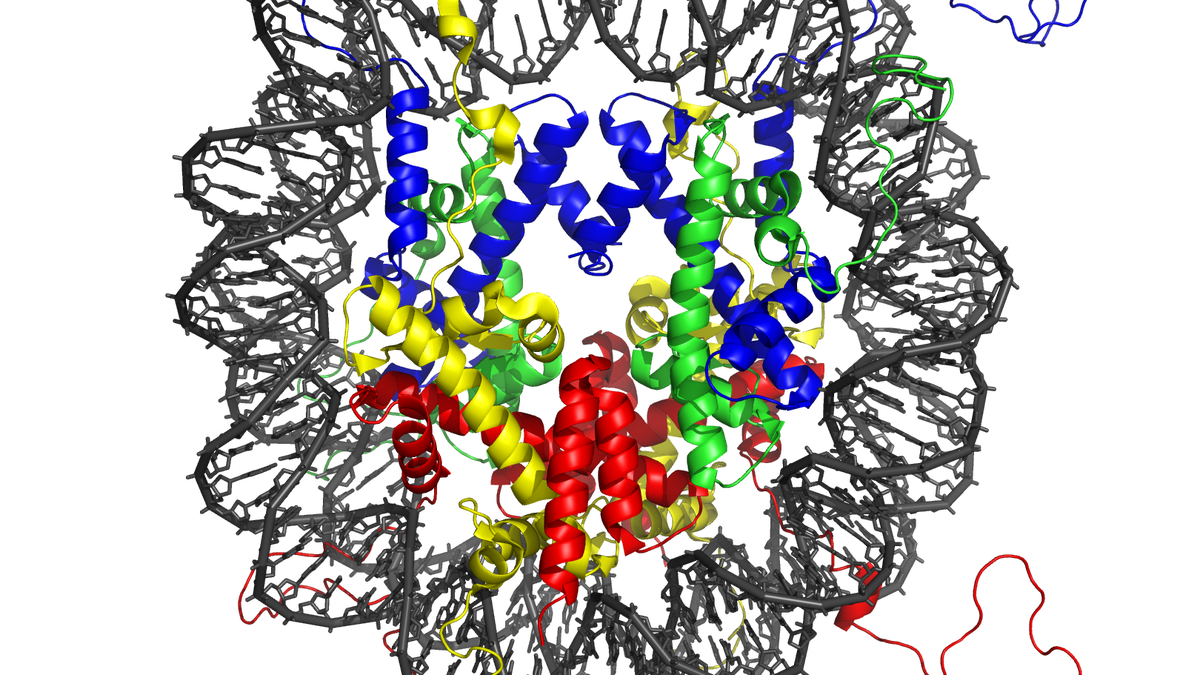Anthony Davis totals 3 points, 3 rebounds and 2 blocks in 11 minutes before an injury exit in the 2nd quarter.
SAN FRANCISCO (AP) — Dallas Mavericks center Anthony Davis suffered a groin injury in the second quarter against the Golden State…

Anthony Davis totals 3 points, 3 rebounds and 2 blocks in 11 minutes before an injury exit in the 2nd quarter.
SAN FRANCISCO (AP) — Dallas Mavericks center Anthony Davis suffered a groin injury in the second quarter against the Golden State…

Samsung released the One UI 8 Watch update for the Galaxy Watch4 about a couple of weeks ago, but only in South Korea. Well, the good news is that Samsung has expanded the One UI 8 Watch update rollout to two more countries – India and the…

Unlock the White House Watch newsletter for free
Your guide to what Trump’s second term means for Washington, business and the world
The US has struck alleged Islamic State militants in north-western Nigeria over attacks against the African…

One inner-city regular correspondent, we’ll call him MT, is a teacher but really a writer. He shared with me his perfect first-draft stories about relationships that captured the feeling I used to have in the backyard of a Carlton share house…

DNA inside human cells is not free-floating. Instead, it is tightly wrapped around small protein units forming a long chain, with DNA looping around each unit before moving on to the next. This DNA-protein complex is called chromatin and allows…

Happy holidays, baseball fans. As our gift to you, we’re back with the tradition we are determined to make happen: our yearly list of every team’s longest home run of the season just past.
Admittedly, we always think these lists make for good…

Tom Rogers has been withdrawn from the Melbourne Stars’ 14-player squad to face the Sydney Sixers on Boxing Day.
After hurting his knee in the field on Tuesday Night, the Stars will take a cautious approach with…

Makati’s glass skyscrapers dazzle from a distance, but the real story lies in what’s happening on the ground.
During weekdays, commuters rush in from…

December 26, 2025
New research from the Competition and Consumer Protection Commission shows that one third (32%) of consumers would regift an unwanted Christmas present if they didn’t have a receipt. It also showed that 42% of consumers never include a gift receipt when giving presents at Christmas. This rises to more than half (52%) of men surveyed.
While consumers in Ireland have strong rights when something goes wrong, this does not apply to unwanted gifts. For gifts bought online, consumers have a right to cancel for up to 14 days but it’s important to note that this window begins when the gift is delivered by the retailer, not from when it’s gifted. There are also exceptions to this, such as customised clothing.
While businesses are not legally obligated to accept an unwanted gift due to a change of mind, many stores have returns policies that allow gifts to be returned, with some offering extended return periods throughout January. However, it’s important to remember that they will usually require proof of purchase when returning a gift.
Grainne Griffin, director of communications at the CCPC said:
“While over half of consumers said they include a gift receipt at least some of the time, that still leaves a significant number who never include a receipt. This makes it harder to return or exchange unwanted gifts and can leave many unsure about what to do with their unwanted presents.
“While it’s great to see many consumers regifting, swapping or donating their unwanted gifts to avoid waste, 10% will leave it unopened or dump it and only 5% will ask for a receipt.”
Irish consumers are protected for up to six years after buying a faulty good, with the original retailer responsible for resolving the issue. These rights are strongest in the first 30 days and the first year after making the purchase. However, you will often still need a proof of purchase when taking it back.
In the lead up to Christmas, CCPC research showed that almost one in four consumers had not used the gift vouchers they received last Christmas.
Grainne Griffin added:
“Since our pre-Christmas research showed that almost a quarter of consumers still had unused vouchers from nearly a year ago, we’re strongly advising anyone who has received a gift voucher this year to make a plan to spend it as early as possible.”
To find out more read the full post-Christmas 2025 report.
Return to News